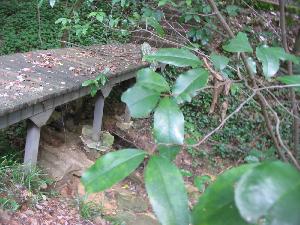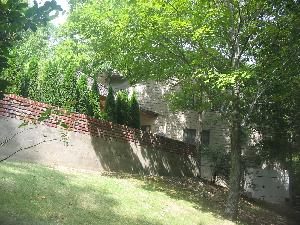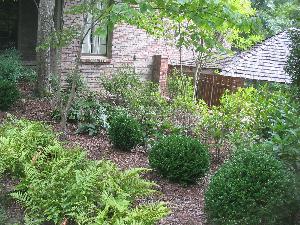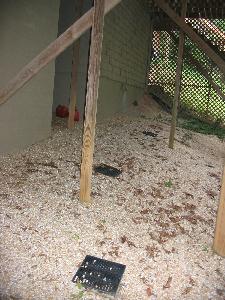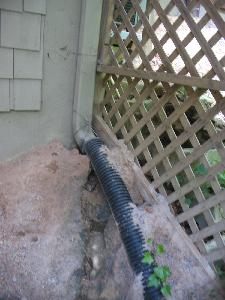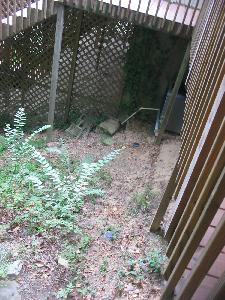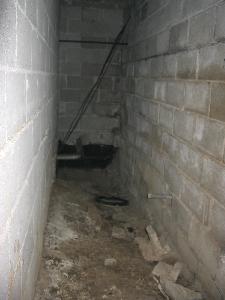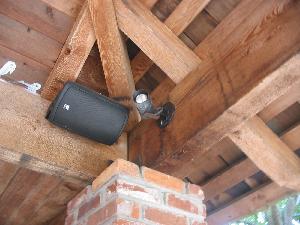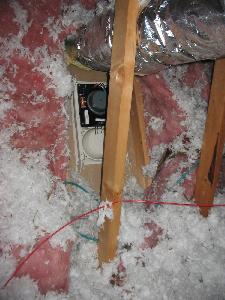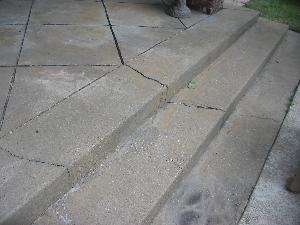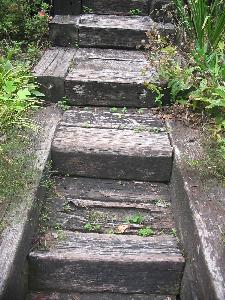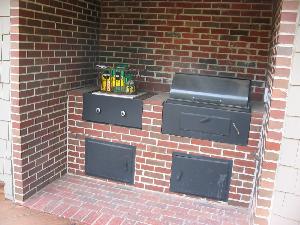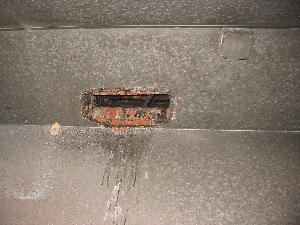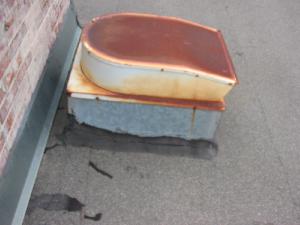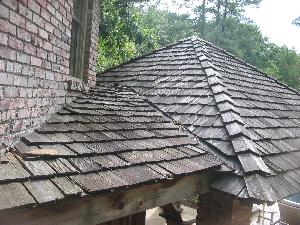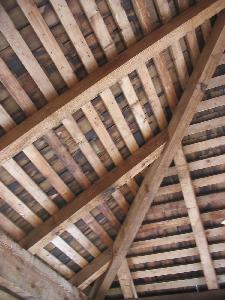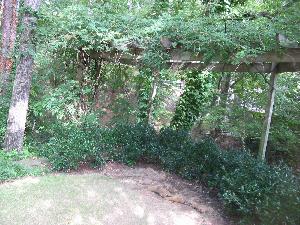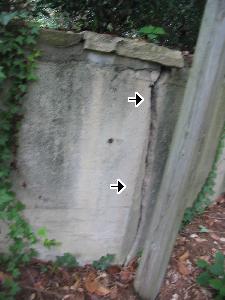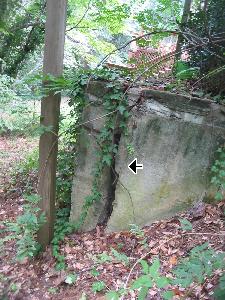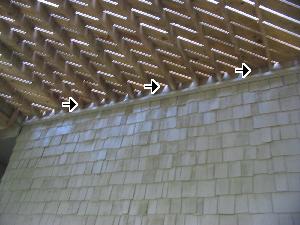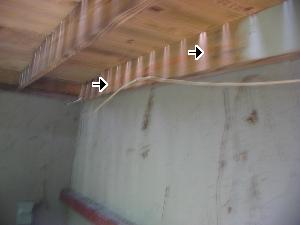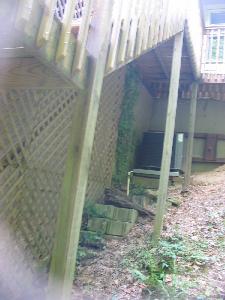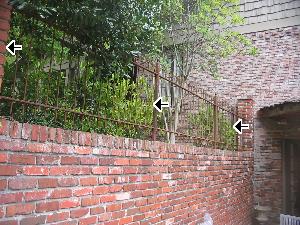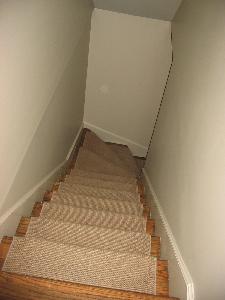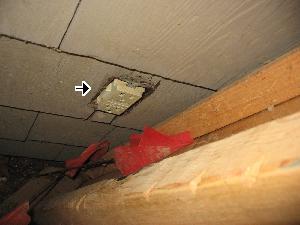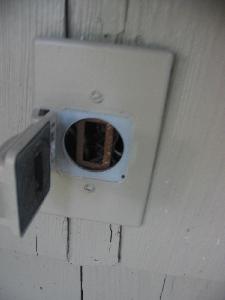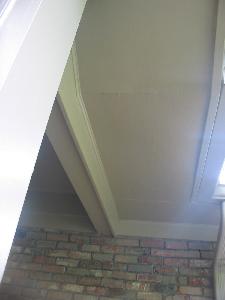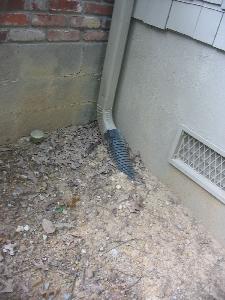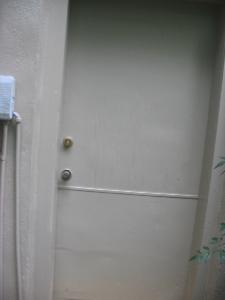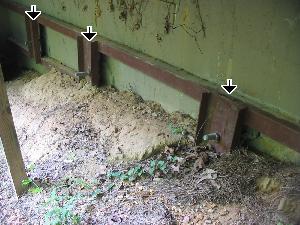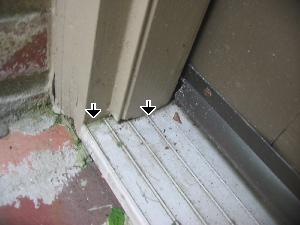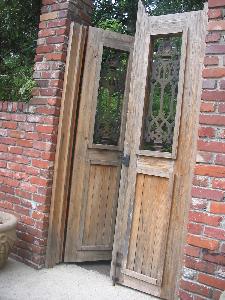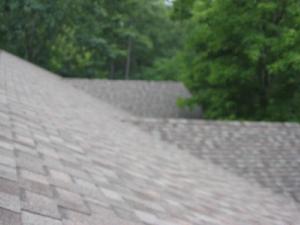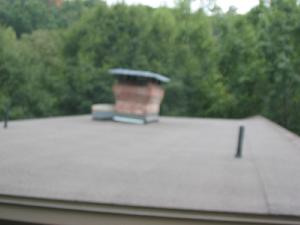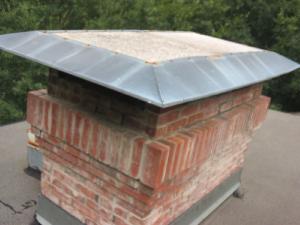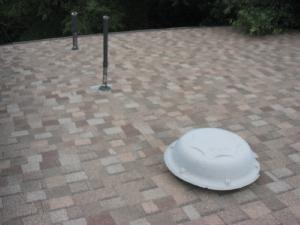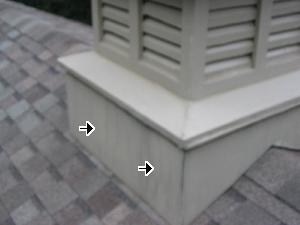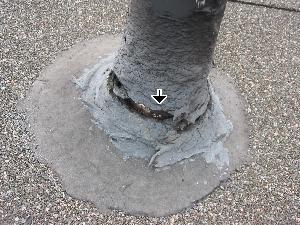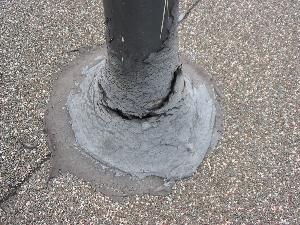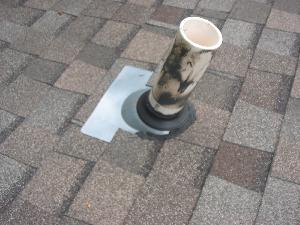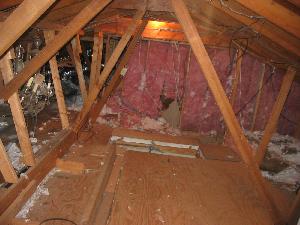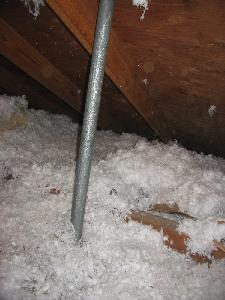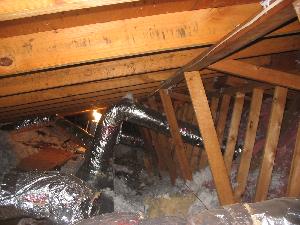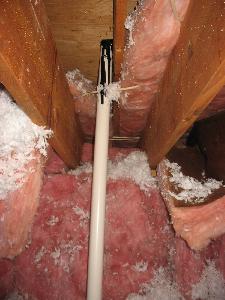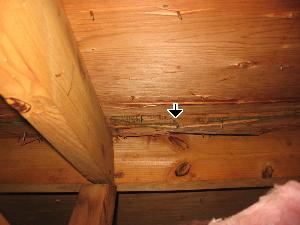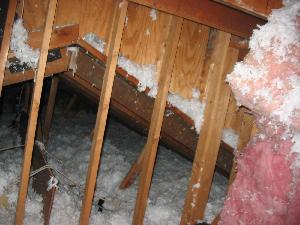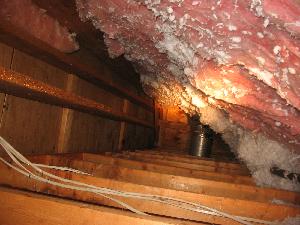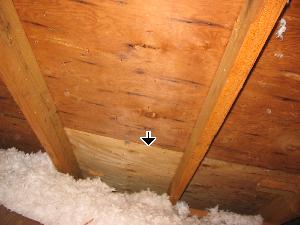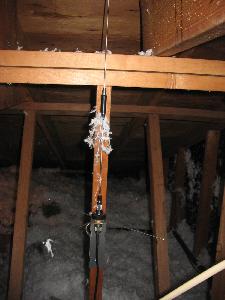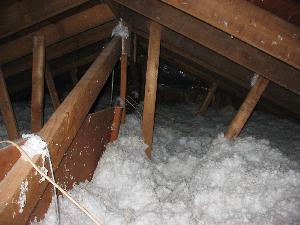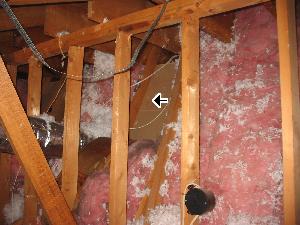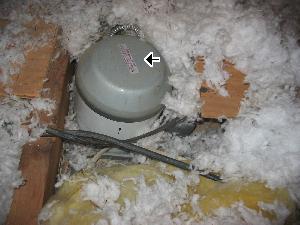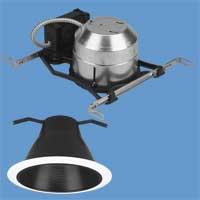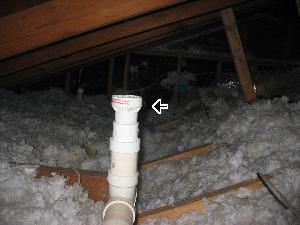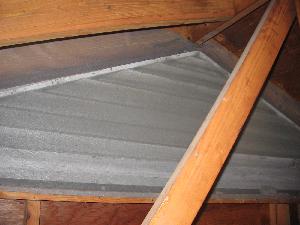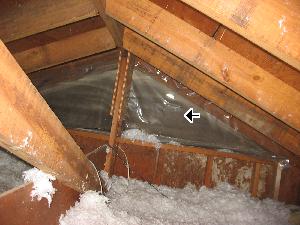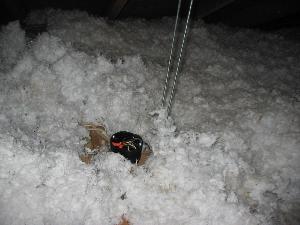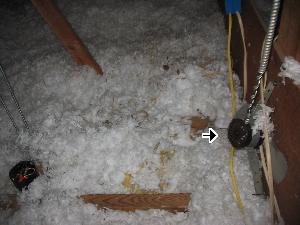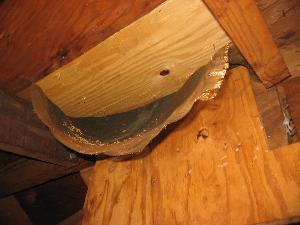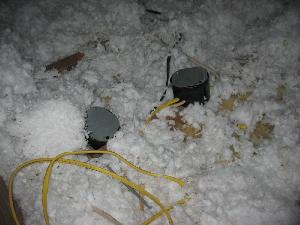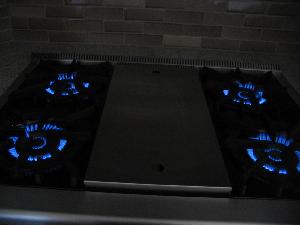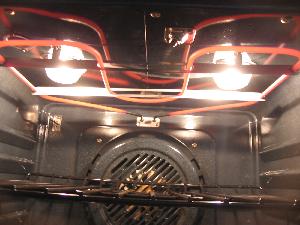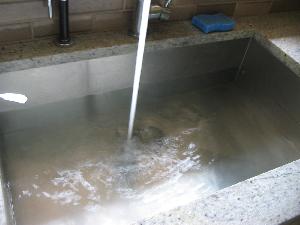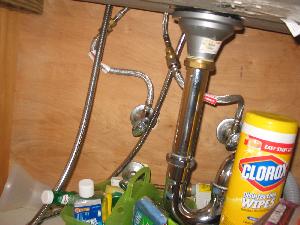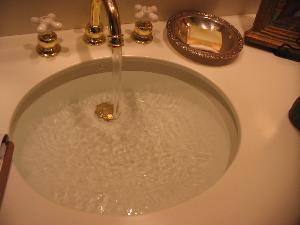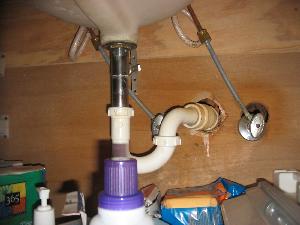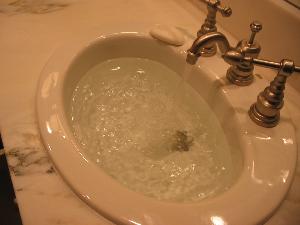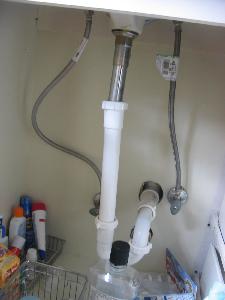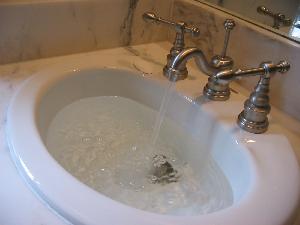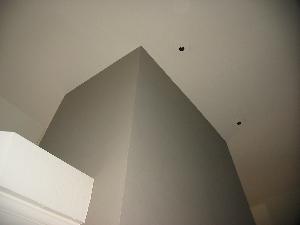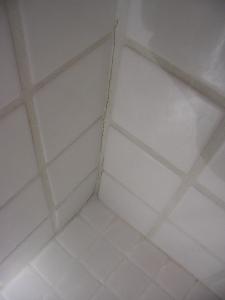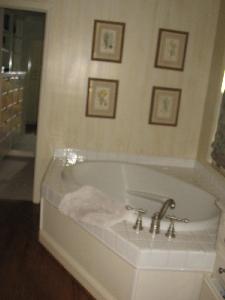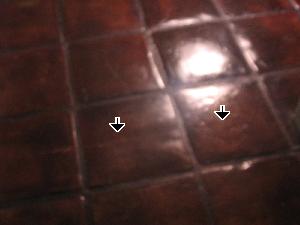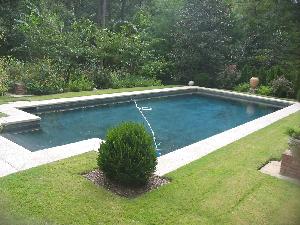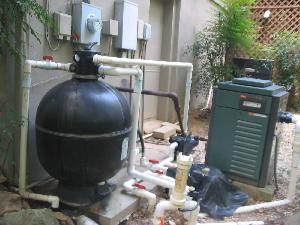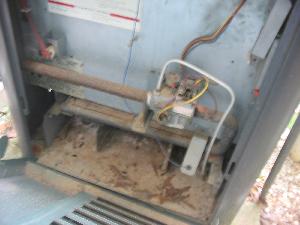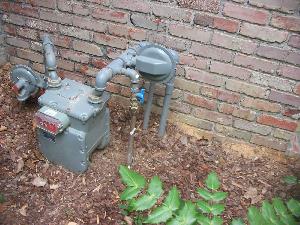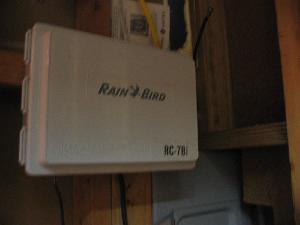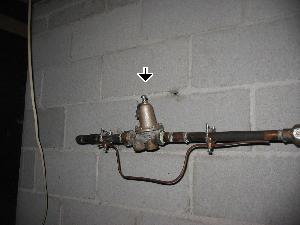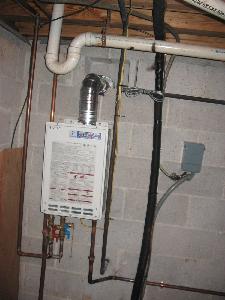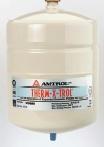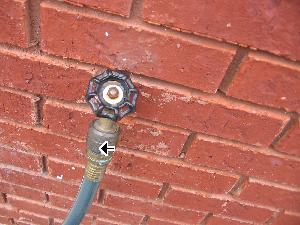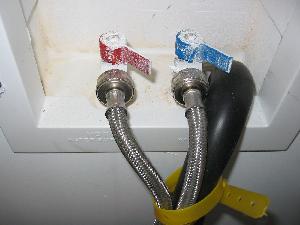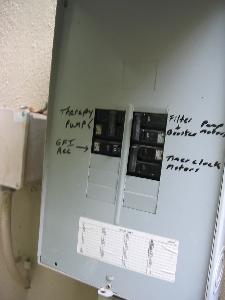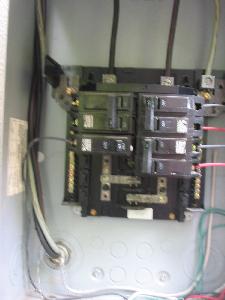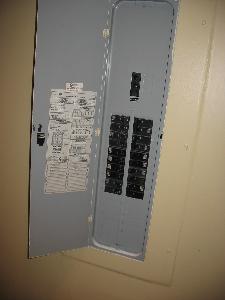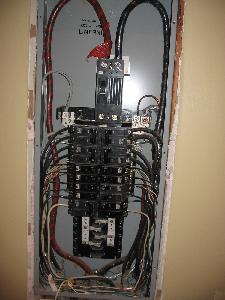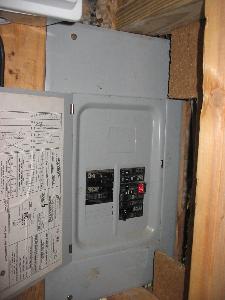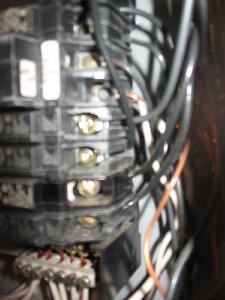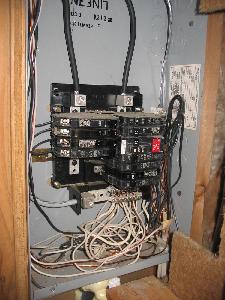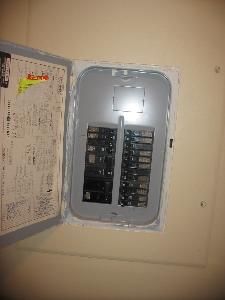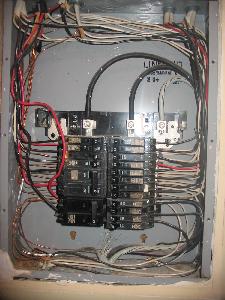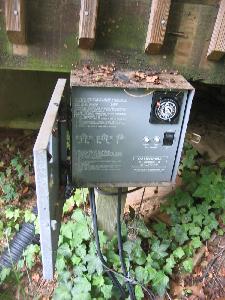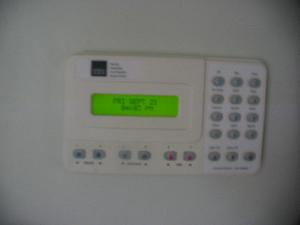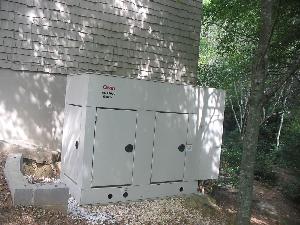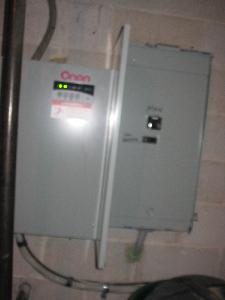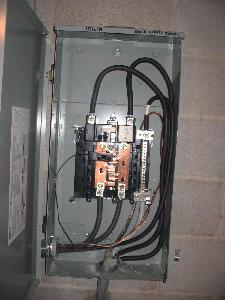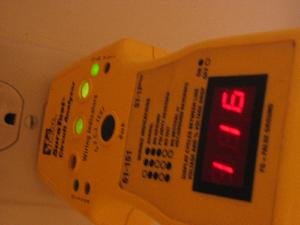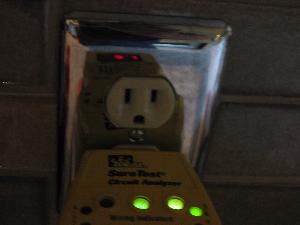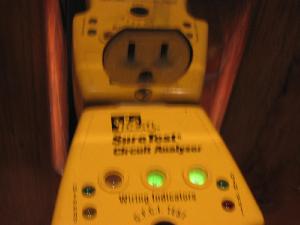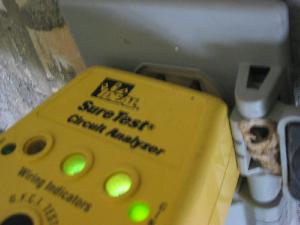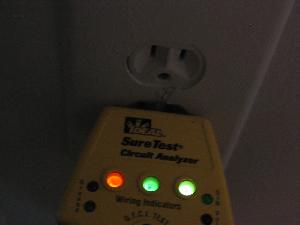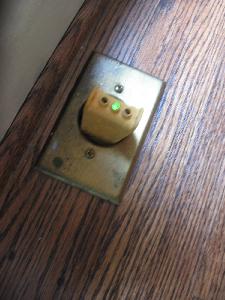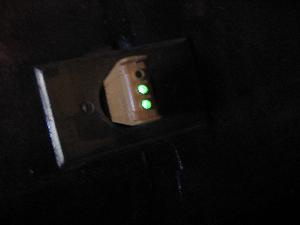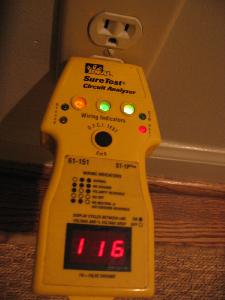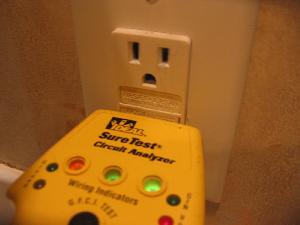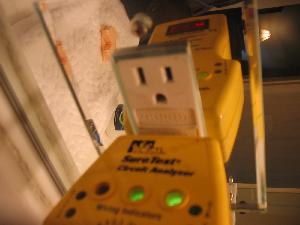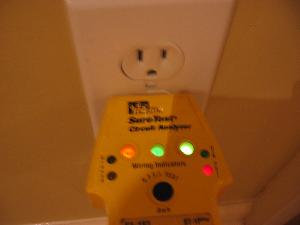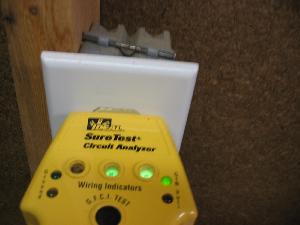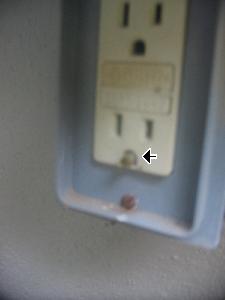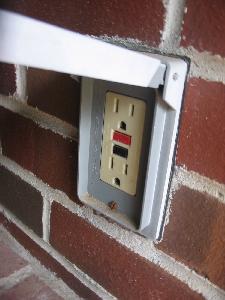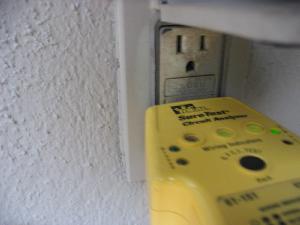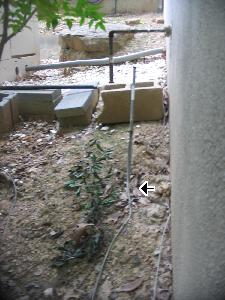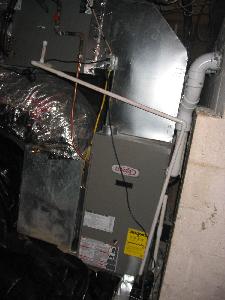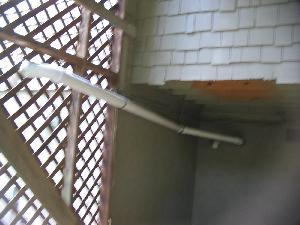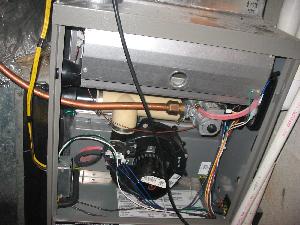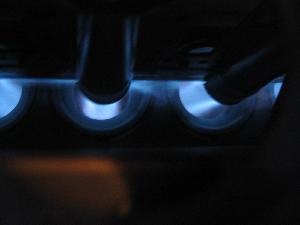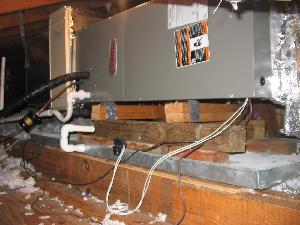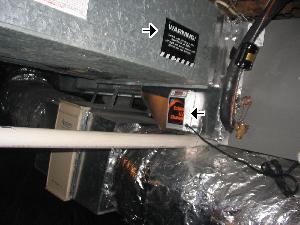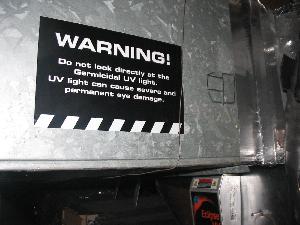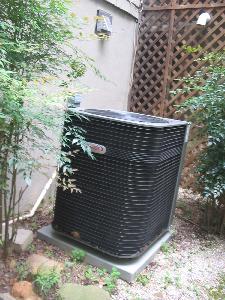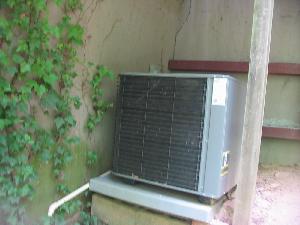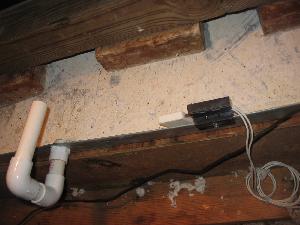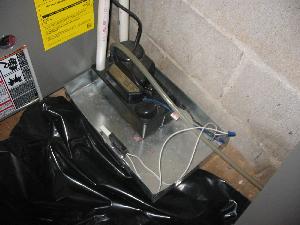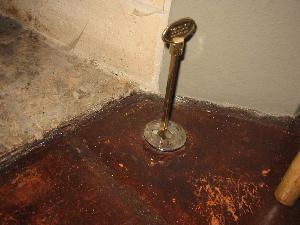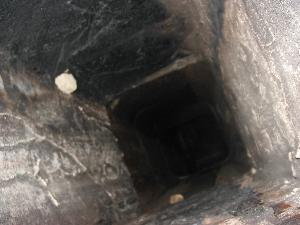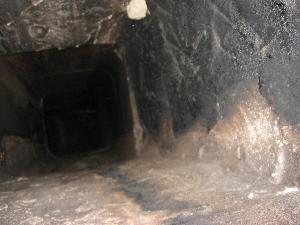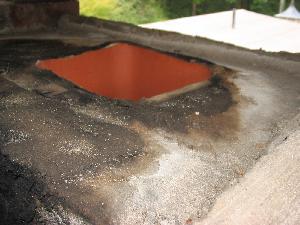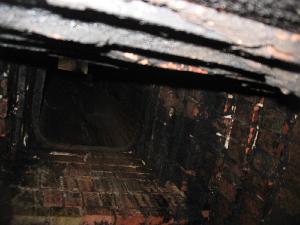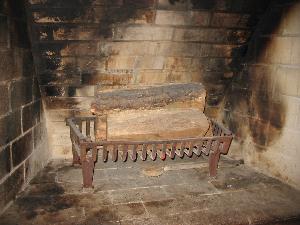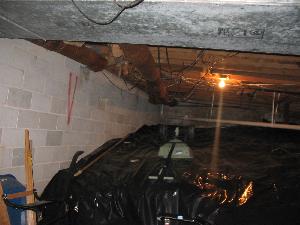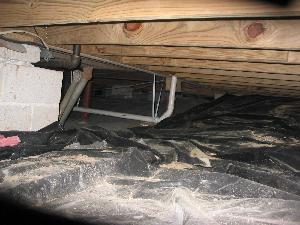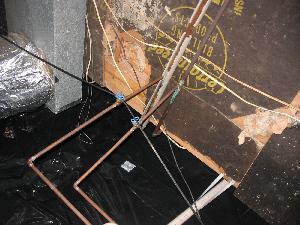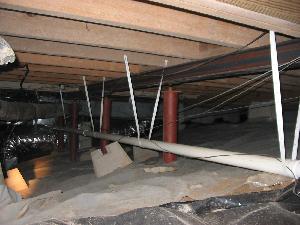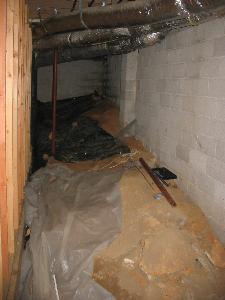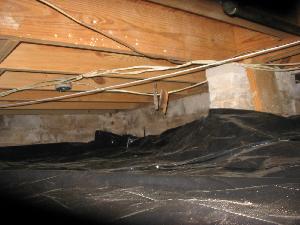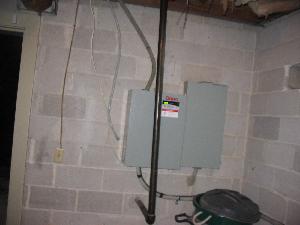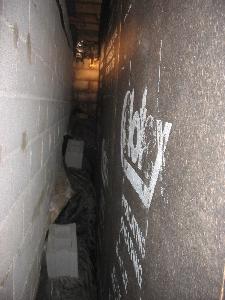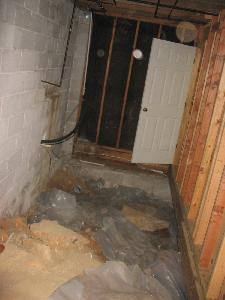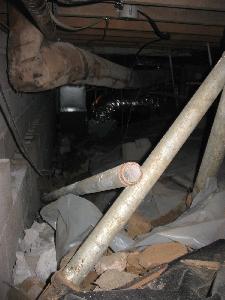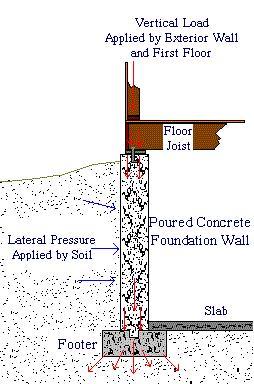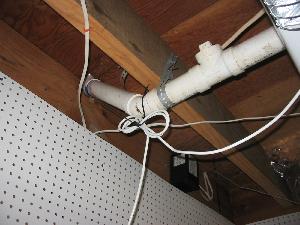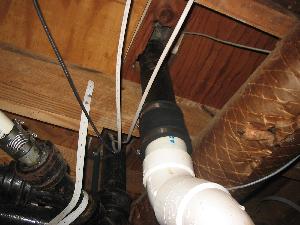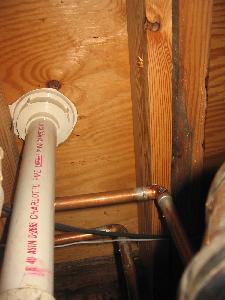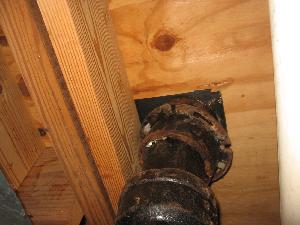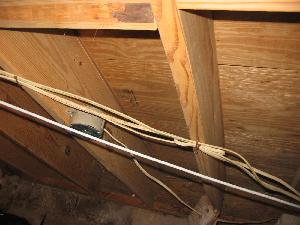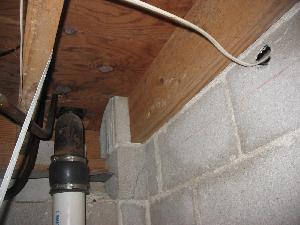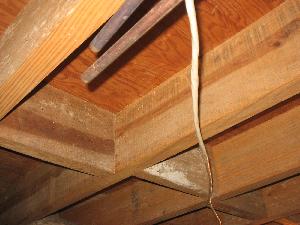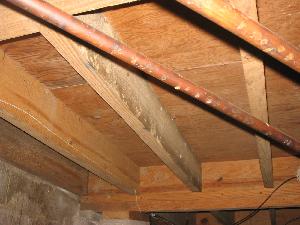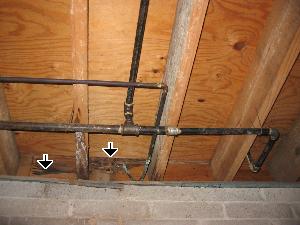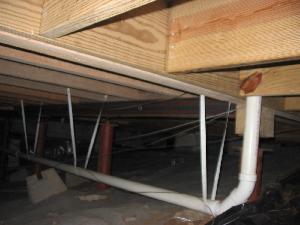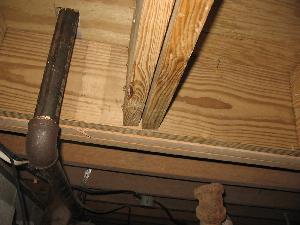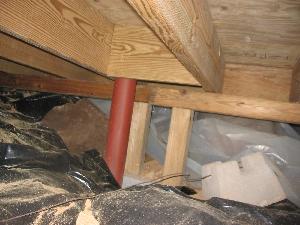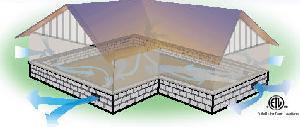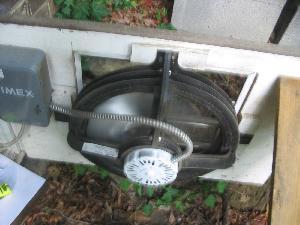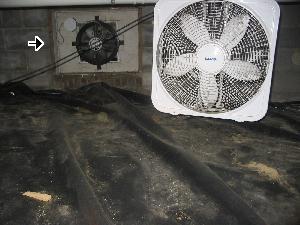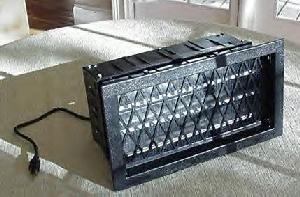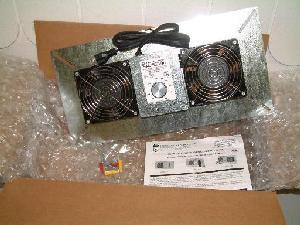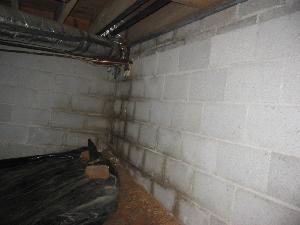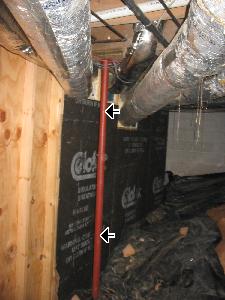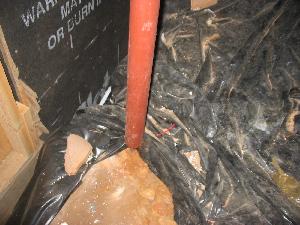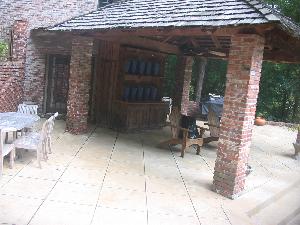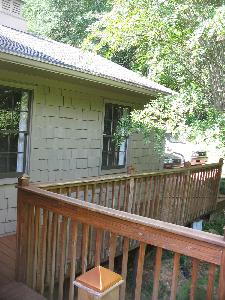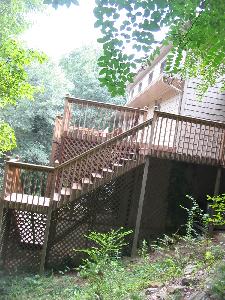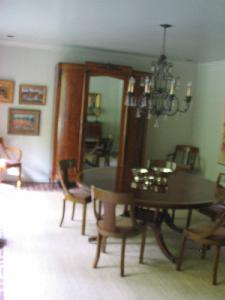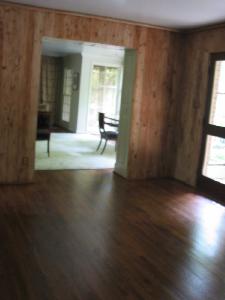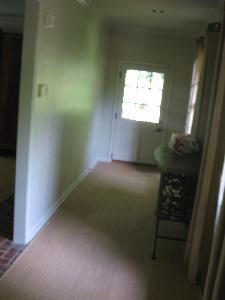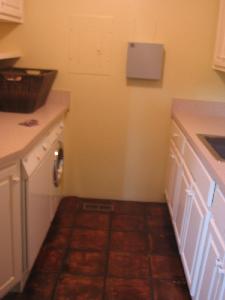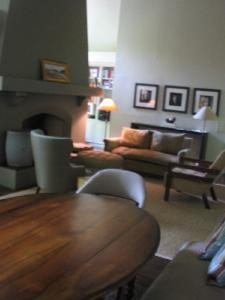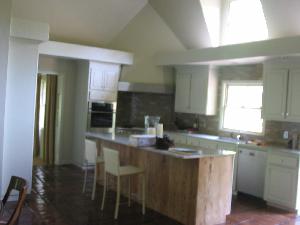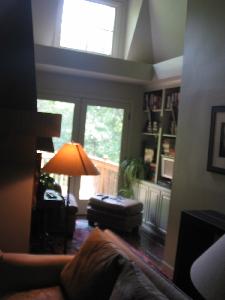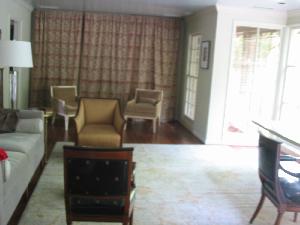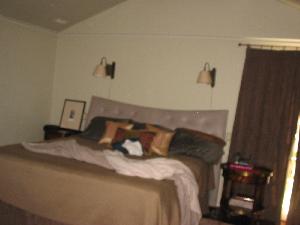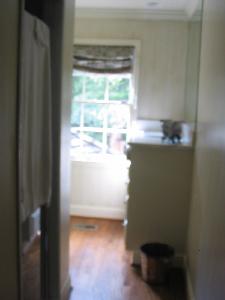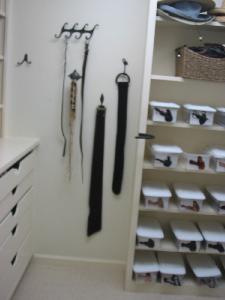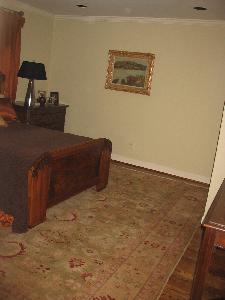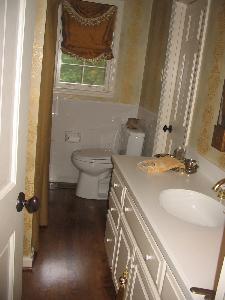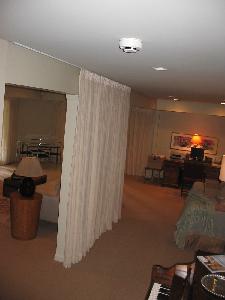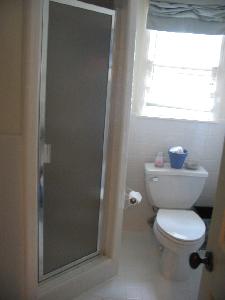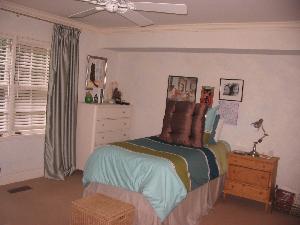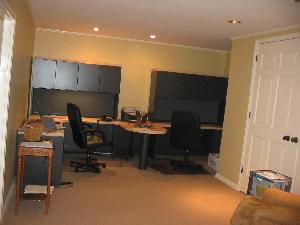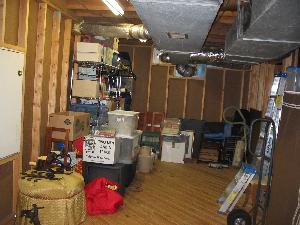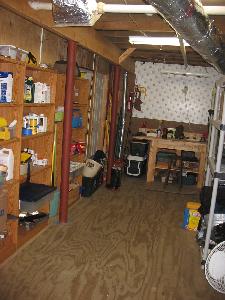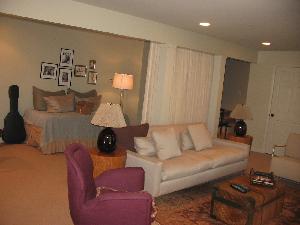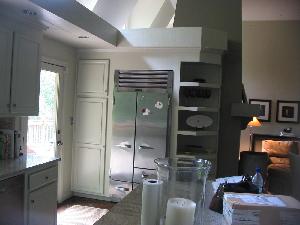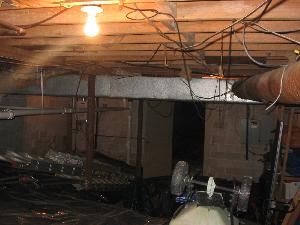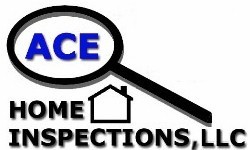
ACE Home Inspections, LLC
P.O. Box 1993
Alabaster, AL 35007
(205)401-3030 |
|
Customer
Sample |
|
Home
Sample
|
|
Real Estate Agent
OWNER
INSPECTION
|
|
|
Weather:
Cloudy | Inspection
Date
Friday, September 21, 2007
Report ID:
06900
| |
Temperature:
75 to 80 degrees |
Inspected By
Jeff Aiken
| |

SUMMARY

ACE Home
Inspections, LLC
P.O. Box 1993
Alabaster, AL 35007
(205)401-3030
|
|
Customer
Sample |
|
Home
Sample
|
The following items or discoveries
indicate that these systems or components do not function as intended or
adversely affects the habitabilty of the dwelling; or appear to warrant further
investigation by a specialist, or requires subsequent observation.
This summary shall not contain recommendations for routine upkeep of a system
or component to keep it in proper functioning condition or recommendations to
upgrade or enhance the function, efficiency, or safety of the home.
This Summary is not the entire report. The complete report may include
additional information of concern to the customer. It is recommended that the
customer read the complete report.
ACE Home Inspections, LLC
Home inspectors are not required to report on the following: Life expectancy
of any component or system; The causes of the need for a repair; The methods,
materials, and costs of corrections; The suitability of the property for any
specialized use; Compliance or non-compliance with codes, ordinances, statutes,
regulatory requirements or restrictions; The market value of the property or its
marketability; The advisability or inadvisability of purchase of the property;
Any component or system that was not observed; The presence or absence of pests
such as wood damaging organisms, rodents, or insects; or Cosmetic items,
underground items, or items not permanently installed. Home inspectors are not
required to: Offer warranties or guarantees of any kind; Calculate the strength,
adequacy, or efficiency of any system or component; Enter any area or perform
any procedure that may damage the property or its components or be dangerous to
the home inspector or other persons; Operate any system or component that is
shut down or otherwise inoperable; Operate any system or component that does not
respond to normal operating controls; Disturb insulation, move personal items,
panels, furniture, equipment, plant life, soil, snow, ice, or debris that
obstructs access or visibility; Determine the presence or absence of any
suspected adverse environmental condition or hazardous substance, including but
not limited to mold, toxins, carcinogens, noise, contaminants in the building or
in soil, water, and air; Determine the effectiveness of any system installed to
control or remove suspected hazardous substances; Predict future condition,
including but not limited to failure of components; Since this report is
provided for the specific benefit of the customer(s), secondary readers of this
information should hire a licensed inspector to perform an inspection to meet
their specific needs and to obtain current information concerning this property.
ACE Home Inspections, LLC
Prepared Using HomeGauge http://www.homegauge.com/ SHGI (c)
2000-2003 : Licensed To Jeffrey James Aiken
Styles & Materials
FRONT SLOPES DOWN TO RIGHT
PROPERTY SLOPES DOWN TO RIGHT
LEFT DRAINS DOWN TO REAR
REAR SLOPES DOWN TO RAVINE
|
CONCRETE TRELLIS WALL
BRICK RIGHT SIDE WALL
BRICK AND BLOCK PATIO WALL
SHORT STONE FRONT WALL
|
ASPHALT
DRIVEWAY
|
|
Inspection Items
Styles & Materials
RECESSED UNDER HOUSE ROOF
1 BRICK COLUMN
WOOD
CEILING
STONE AND SLAB
FLOOR
OLD BRICK PORCH
PRESENT
|
HALF OPEN HALF COVERED
WOOD SHINGLE ROOF COVERING
4X6 RAFTERS 1X3 SLATS
4X12
SILL JOISTS
4 BRICK ROOF
COLUMNS
CONCRETE SLAB SQUARES
FLOOR
|
NO ROOF
2X6 WOOD FLOOR
JOISTS
SPACED 12 INCHES
APART
4X4 6X6 DECK COLUMNS
2 STORIES HIGH
LATTICE
SURROUND
|
STONE FRONT YARD STEPS
RAILROAD TIE YARD STEPS
CONCRETE RIGHT PATIO STEPS
WOOD LEFT SIDE STEPS
WOOD
DECK STAIRWAY
WOOD BASEMENT
STAIRWAY
|
WOOD DECK
BANISTERS
|
Inspection Items
Styles & Materials
7 HOUSE ENTRY DOORS
ALL
ARE WOOD
ALL HAVE A DEADBOLT
|
FIXED FRONT WINDOWS
WOOD
MUNTINS
WOOD
SINGLE-PANE
DOUBLE-HUNG
ALUMINUM
SASHES
|
FRONT BRICK
3 SIDES WOOD
SHINGLES
|
WOOD
|
ALUMINUM
|
CONCRETE BLOCK
EXTERIOR
BRICK COVERED
|
ROOF-LINE BY LADDER
WALK
ENTIRE ROOF/USE LADDER
|
MAIN CENTER GABLE
LEFT
SIDE GABLE EXTENSION
RIGHT SIDE GABLE
EXTENSION
RIGHT PERPENDICULAR
GABLE
|
ARCHITECTURAL
FIBERGLASS
ASPHALT SHINGLES
|
ONE
|
2 TO 3 YEARS
|
GABLE VENTS
SOFFIT
VENTS
ROOF VENTILATOR FAN
|
ONE CHIMNEY
|
NONE
|
8 TOTAL PENETRATIONS
|
|
Inspection Items
Styles & Materials
2 x 6 WOOD RAFTERS
PLYWOOD
ROOF DECKING
PURLIN BRACING
BOARDS
|
2 x 6 WOOD JOISTS
|
24 INCHES
|
16 INCHES
|
FIBERGLASS
|
12 TO 14 INCHES
|
ABOVE R-30
|
LET SIDE GARAGE ATTIC
MAIN
HOUSE ATTIC
|
Inspection Items
Styles & Materials
TRAULSEN
DATED
2006
|
37 DEG
|
WOLF
|
NATURAL GAS
|
NORMAL UNDER COOKTOP
|
GENERAL ELECTRIC
BUILT-IN
STAND-ALONE
ELECTRIC
|
NONE
|
NONE
|
N/A
|
MIELE
|
NONE
|
NONE
|
PLASTERBOARD
|
WOOD
PLASTERBOARD
|
HARDWOOD
T&G
CARPET
CERAMIC TILE
PLYWOOD
|
3 FULL
|
1 WHIRLPOOL TUB
2 CERAMIC
TILE SHOWER STALLS
1 METAL
TUB
WITH CERAMIC TILE
SURROUND
|
1 PEDESTAL SINK
CULTURED
MARBLE SINK TOP
MARBLE SINK
TOPS
WOOD SINK VANITIES
|
SINGLE BASIN STAINLESS
|
WINDOW OVER SINK
CENTER
ISLAND COUNTER
|
13.6 FT HIGH FAMILY ROOM
LIVING ROOM WALL SHELVES
FORMICA LAUNDRY COUNTER
SINGLE BASIN LAUNDRY SINK
FAMILY ROOM LAUNDRY NOOK
|
|
Inspection Items
Styles & Materials
COPPER
|
COPPER
|
CAST IRON/METAL PIPE
WHITE
PVC(polyvinyl chloride) PIPING
|
UNKNOWN
|
PUBLIC
|
TAKAGI TK-3
FLASH
DATED 08/03/2007
TANKLESS MODEL
|
NATURAL GAS
|
199000 BTU/HR
|
NONE OBSERVED
|
220 ELECTRIC
|
AT STREET
|
WHITE PVC(polyvinyl chloride)
PIPING
GRAY TUBING WATER
LINES
METAL-FLEX WATER
LINES
|
METAL DRAIN
PIPING
METAL-FLEX WATER
LINES
|
NOT INCLUDED
MIELE
|
NOT INCLUDED
MIELE
|
|
Inspection Items
Styles & Materials
ABOVE GROUND
USES A DRIP LOOP
ATTACHES
TO SIDING
|
CIRCUIT BREAKERS
|
ROMEX
|
COPPER
|
RATED 200 AMP
IN MAIN PANEL
CUTS ALL
POWER
|
200 AMP
|
RIGHT SIDE
CRAWLSPACE
|
SIEMENS
|
SIEMENS
|
125 AMP
|
CIRCUIT BREAKERS
|
GENERAL
ELECTRIC
|
REAR WALL FILTER AREA
|
GENERAL ELECTRIC
|
200 AMP
|
CIRCUIT BREAKERS
|
GENERAL
ELECTRIC
|
BASEMENT OFFICE/BEDROOM
|
GENERAL ELECTRIC
|
125 AMP
|
CIRCUIT BREAKERS
|
GENERAL
ELECTRIC
|
FRONT BASEMENT WORKSHOP
|
GENERAL ELECTRIC
|
|
Inspection Items
Styles & Materials
FLOOR VENTS & BASEMENT
|
RIGHT SIDE CRAWLSPACE
|
NATURAL GAS
|
FORCED AIR
|
LENNOX
HIGH
EFFICIENCY
|
DATED 2005
|
130 DEG
|
METAL RECTANGULAR
INSULATED ROUND
|
ELECTRONIC AUTO PILOT
|
MAIN LEVEL CEILING VENTS
|
ELECTRIC
|
FORCED AIR
HEAT
PUMP
|
LENNOX
|
DATED 2005
|
ATTIC
|
NO HEAT CHECK - ABOVE 65 OUTSIDE
NOT MEASURED
|
METAL RECTANGULAR
INSULATED ROUND
|
ELECTRIC COILS
|
104
DEG
|
Inspection Items
Styles & Materials
FLOOR VENTS & BASEMENT
|
CENTRAL
|
57 DEG
|
77 DEG
|
LENNOX
DATED 2005
5 TON
UNIT
|
LENNOX
DATED 2005
5 TON
UNIT
|
MAIN LEVEL CEILING VENTS
|
CENTRAL
|
60 DEG
|
77 DEG
|
LENNOX
DATED 2005
2.5 TON
UNIT
|
LENNOX
DATED 2005
2.5 TON
UNIT
|
|
Inspection Items
Styles & Materials
ONE
|
ONE
|
BRICK AND MORTAR
CERAMIC
FLUE LINER
|
FAMILY ROOM
|
FIREBRICK FIREBOX & THROAT
WOOD BURNING
GAS
STARTER
|
CERAMIC TILE HEARTH
|
|
Inspection Items
Styles & Materials
FULL CRAWLSPACE
|
CONCRETE BLOCK
|
2X8 WOOD FLOOR JOISTS
2X10
WOOD FLOOR JOISTS
|
16 INCHES
|
STEEL PIPE
POSTS
CONCRETE BLOCK PIERS
|
DIRT
FULL PLASTIC VAPOR
BARRIER
|
WALK/STOOP/CRAWL
|
HIGH CLEARANCE REAR CRAWL
LOWER CLEARANCE FRONT
BASEMENT ROOMS WITHIN
|
Inspection Items
Inspection Items
Prepared Using HomeGauge http://www.homegauge.com/ SHGI (c)
2000-2003 : Licensed To Jeffrey James Aiken 



